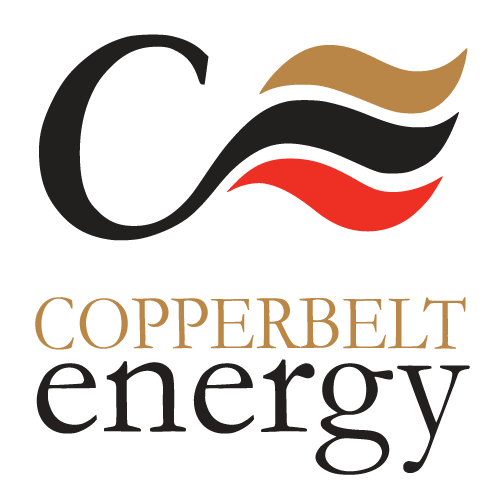Zambian Power sector needs more investment
Well maintained substations: A night view of the High Tension yard at 220/66kV Central Switching Station Substation
The power generation sector in Zambia requires crucial new investment in order to meet the country’s growing energy requirements. To this end, the country’s major supplier of electricity to the mines, Copperbelt Energy Corporation Plc (CEC), has set itself to invest significantly in generation capacity over the coming years.
Announcing the Company’s three-week rights offer on the Lusaka Stock Exchange (LuSE) to raise US$70 mil CEC Liquid lion equity capital, Managing Director for Corporate Development, Michael Tarney, explained that proceeds of the rights offer would be applied to undertake a number of capital projects and investments.
This includes the re-finance aspect of a Bridge Facility taken out in August 2013 to acquire interests in the Nigerian power sector. Projects earmarked include development and upgrading of the CEC transmission network within Zambia; the Kabompo Hydropower project in Zambia’s Mwinilunga District, the 220kV Zambia-DRC Interconnector second line and the CEC Liquid fibre optic roll-out.
In addition to these priorities, a portion of the rights offer proceeds will be used to develop a number of renewable energy projects. These include construction of a 1 MW bio-gasification project and development of a solar generation plant, both on the Copperbelt.
Also on the plans is the completion of feasibility studies for the construction of a cascade of five hydro sites capable of generating 700MW on the Luapula River, which defines the border between Luapula Province of Zambia and Katanga Province of DRC.
The main focus of investment for CEC going forward is the development of transmission, hydro generation and renewable energy in Zambia. The Company also continues to support the development of its telecommunications joint ventures, CEC Liquid and Realtime, in further network roll-out and provision of services based on fibre optic technology.
“CEC is striving to build a pan-African energy infrastructure platform and as such, the Company intends to expand its operations in Zambia and the rest of Africa. There are plans to increase capacity and bring new generation on stream by CEC; the national utility, ZESCO Limited, and other independent power producers (IPPs) who have opted to participate,” said Tarney.
Like other countries in the region, Zambia faces a generation–demand gap, with electricity demand rising faster than the available generation capacity can meet.
“Due to the long lead time involved in developing new generation projects, particularly hydro-electric schemes, it is expected that there will be a shortage in supply, which will need to be carefully managed to ensure that there is no negative impact on the Zambian economy. In addition, new projects and those currently under development will need to proceed as planned if the supply-demand gap is to be managed effectively”, he added.
CEC has identified a number of select growth opportunities within select countries in sub-Saharan Africa and has undertaken critical feasibility work to develop robust business plans with respect to each opportunity. In addition, the Company has invested preliminary capital with respect to these projects and has engaged with select investors to partner with CEC to launch these projects in the near future.
CEC first announced its intention to raise funds in July 2013 and shareholders authorised the Board to proceed with the Rights Offer, which opens on 3 February, 2014. The Company is to distribute its Rights Offer Circular to eligible shareholders from around 25 January, 2014.
CEC supplies power to the majority of mines in Zambia, including Konkola Copper Mines Plc, Mopani Copper Mines Plc, NFC Africa Mining, CNMC Luanshya Copper Mines, Chambishi Metals Plc, Lubambe Copper Mines (formerly Konnoco) and Chibuluma Mines.


